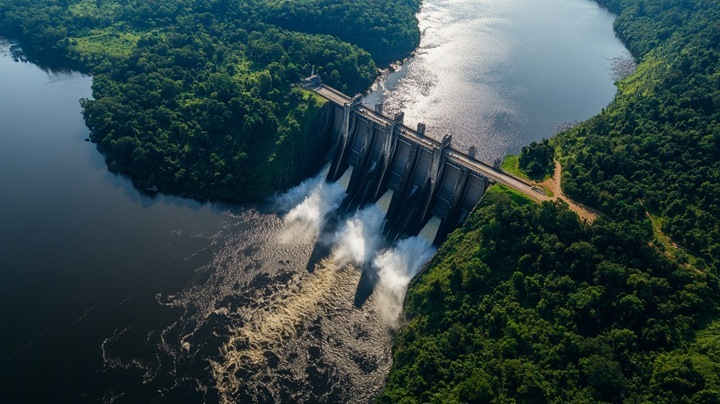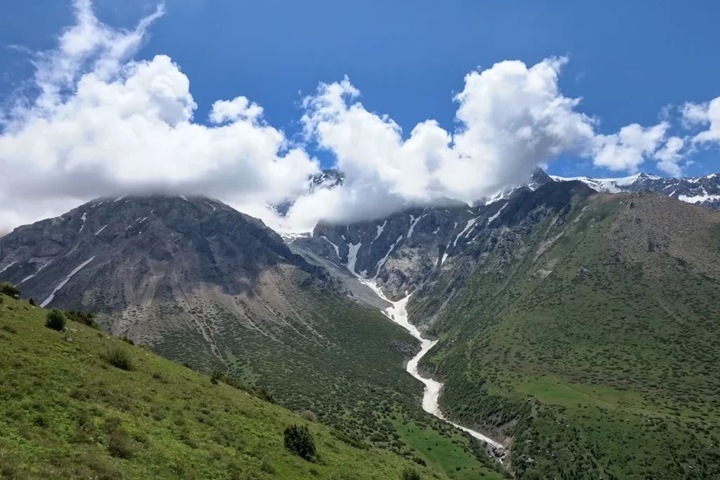Dams in national parks: development of protected lands may begin in Kazakhstan
Kazakhstan’s nature reserves and national parks have lost the status of inviolable territories. A number of amendments to the Law of the Republic of Kazakhstan “On Specially Protected Natural Territories”, which comes into force today, radically changes the landscape of environmental regulation, opening up the possibility for the construction of large infrastructure facilities, including dams and dams, where it was previously almost impossible. Although the law stipulates that specially protected natural areas belong to the people of Kazakhstan, the new rules allow the state to manage these lands much more actively for economic purposes.

The key change was the expansion of opportunities for the construction of hydraulic structures (GTS). Now construction on the lands of protected areas is possible according to two main scenarios. The first is the implementation of “strategic” projects. The New Water Code and the Civil Code of the Republic of Kazakhstan give a broad definition of strategic facilities, referring to them as structures of socio-economic importance and affecting water safety. The Government has the authority to approve the list of such facilities, and it already includes the planned construction of cascades of hydroelectric power stations and drainage dams. For such strategic GTS, the law now allows the transfer of protected areas to reserve lands by decision of the government, provided there are no alternative accommodation options. This is a complicated, but now quite a real procedure for the withdrawal of protected lands for the needs of large energy or water supply.
The second scenario, introduced by the new amendments, looks even more alarming for environmentalists, as it greatly simplifies the process. Article 23 of the Law on Protected Areas is supplemented by a clause authorizing the construction of hydraulic engineering and other protective structures against mudslides, avalanches and landslides on the lands of protected areas of republican significance without transferring land. Now, for the construction of a protective dam, it is enough to conclude a long-term use agreement between the administration of a national park or reserve and a government agency. This creates the risk that under the guise of “protective” structures in protected areas, projects with other, hidden economic goals may be lobbied, while bypassing the strict procedure for the seizure of land through the decision of the Government of the Republic of Kazakhstan.
No less significant was the change in the regime of protected zones — territories adjacent to the boundaries of nature reserves and national parks and serving as a buffer against external influences. A direct ban on the construction of “dams and dams” in these zones is excluded from articles 43 and 48 of the Law on Protected Areas. If previously such facilities were strictly prohibited, now their construction is theoretically possible if the initiators can prove the absence of harmful effects on the ecosystem of the protected area.
“Previously, these zones served as an inviolable buffer protecting the core of valuable natural territories from external influences,” says Alexander Kolotov, director of Rivers Without Boundaries. “Now the new amendments remove the legal barrier that categorically forbade the construction of such large–scale hydraulic structures.”
“Fragmentation of the most valuable natural landscapes may begin under the plausible pretext of protection from natural disasters,” says Yevgeny Simonov, chief Specialist of Rivers Without Boundaries. – A similar mechanism is envisaged for the development of tourism: engineering infrastructure for tourist facilities, such as roads or power lines, can now also be built in the zone of limited economic activity of protected areas without any transfer of land.”
Experts fear that innovations give too much scope for abuse. The development of tourist infrastructure, the need to protect against natural disasters or the implementation of “strategic” government plans can become a legal cover for the fragmentation and development of unique natural complexes.
Original (in Russian): Плотины в нацпарках: в Казахстане может начаться застройка заповедных земель


